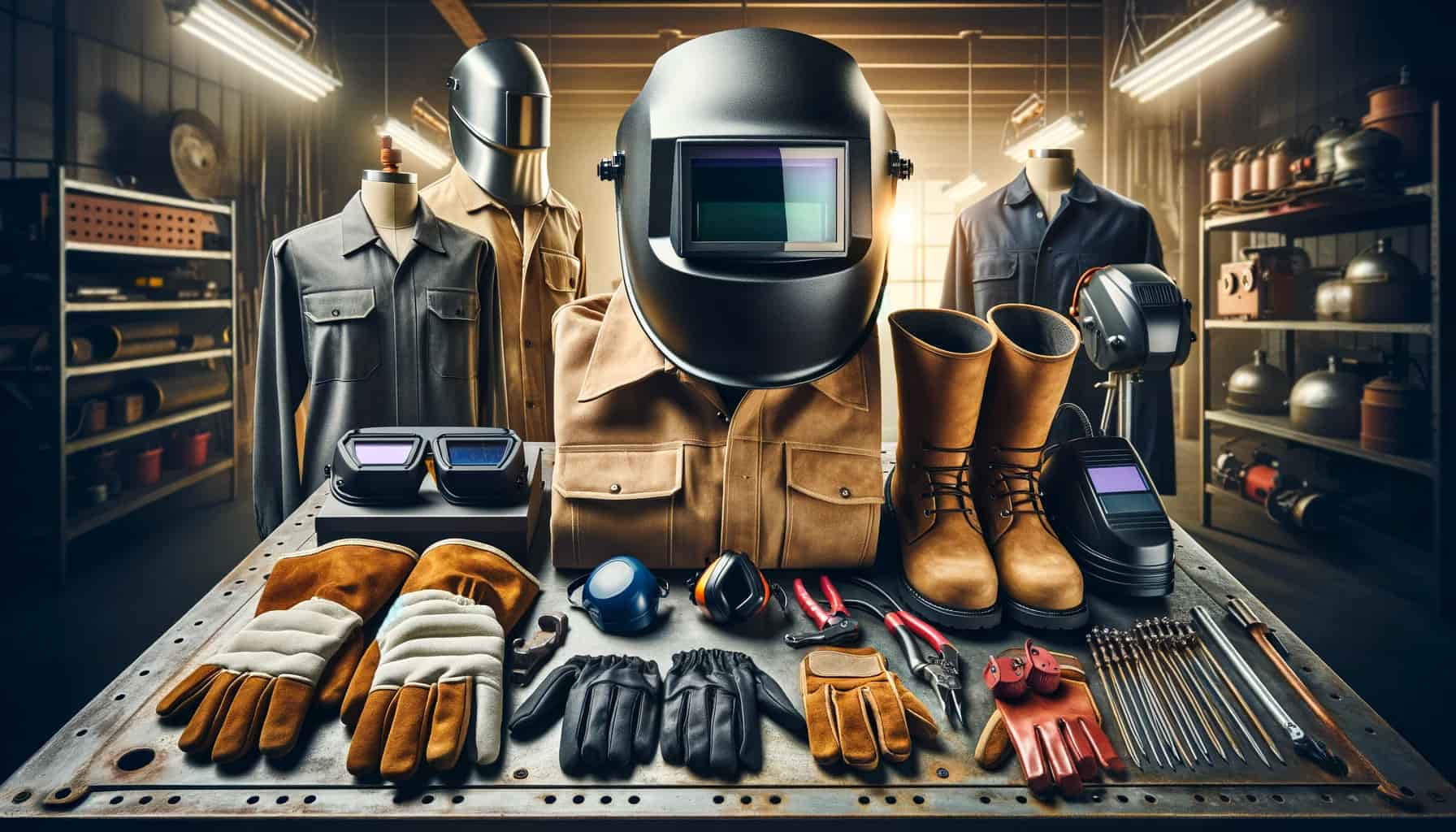Welding is a critical process in many industries, but it also poses significant safety risks. Ensuring the safety of welders requires a comprehensive approach that includes implementing best practices, using appropriate protective equipment, and adhering to strict health and safety procedures. This article explores effective strategies to enhance safety in welding environments.
Best Practices for Welding Safety
- Proper Training and Certification
- Ensure that all welders receive proper training and certification. Comprehensive training programs should cover safe welding techniques, equipment handling, and emergency response procedures.
- Regular refresher courses help keep welders updated on the latest safety protocols and technological advancements.
- Workplace Organization
- Maintain a clean and organized workspace to prevent accidents. Remove any flammable materials from the vicinity of the welding area.
- Implement a designated storage area for welding tools and materials to reduce clutter and the risk of tripping or accidental contact with hazardous materials.
- Ventilation and Fume Extraction
- Ensure adequate ventilation in the welding area to reduce the inhalation of harmful fumes and gases. Use local exhaust ventilation systems or portable fume extractors to capture and remove airborne contaminants at the source.
- Regularly check and maintain ventilation systems to ensure their effectiveness.
Protective Equipment for Welders
- Welding Helmets and Face Shields
- Use welding helmets equipped with auto-darkening filters to protect the eyes from intense light and harmful UV and infrared radiation. Face shields provide additional protection against sparks and spatter.
- Ensure that helmets and face shields meet industry safety standards and are regularly inspected for damage.
- Protective Clothing
- Wear flame-resistant clothing made of materials like leather or treated cotton to protect against burns and sparks. Long sleeves, aprons, and gloves are essential for full-body protection.
- Ensure that clothing is free of oil, grease, or other flammable substances that could ignite during welding.
- Respiratory Protection
- Use respirators or welding masks with built-in air filtration systems to protect against inhaling harmful fumes, gases, and particulates. Select the appropriate type of respirator based on the specific hazards present in the welding environment.
- Regularly replace filters and inspect respirators for any signs of wear or damage.
- Hearing Protection
- Protect against hearing damage caused by the high noise levels associated with welding operations. Use earplugs or earmuffs to reduce noise exposure.
- Ensure that hearing protection devices are comfortable and do not interfere with other protective equipment.
Health and Safety Procedures
- Risk Assessment and Hazard Identification
- Conduct regular risk assessments to identify potential hazards in the welding environment. Evaluate risks associated with equipment, materials, and processes.
- Develop and implement control measures to mitigate identified risks, and ensure that all employees are aware of and adhere to these measures.
- Emergency Preparedness
- Establish clear emergency procedures for dealing with accidents, fires, and hazardous material spills. Ensure that all employees are familiar with these procedures and know how to respond appropriately.
- Install and maintain fire extinguishers, first aid kits, and emergency showers in accessible locations. Conduct regular drills to practice emergency response.
- Electrical Safety
- Inspect and maintain welding equipment regularly to prevent electrical hazards. Ensure that all electrical connections are secure and that cables and leads are in good condition.
- Use insulated tools and wear rubber-soled shoes to reduce the risk of electrical shock. Always disconnect power sources when performing maintenance on welding equipment.
- Hot Work Permits
- Implement a hot work permit system for welding operations conducted in areas not specifically designated for welding. This system ensures that proper precautions are taken to prevent fires and other hazards.
- Verify that all safety measures are in place before issuing a hot work permit, including fire watches and the removal of flammable materials.
Conclusion
Safety in welding requires a proactive approach that combines best practices, appropriate protective equipment, and rigorous health and safety procedures. By prioritizing training, maintaining an organized workspace, ensuring proper ventilation, and using protective gear, the risk of accidents and injuries can be significantly reduced. Additionally, regular risk assessments, emergency preparedness, and electrical safety measures are crucial for creating a safe welding environment. Implementing these strategies not only protects welders but also enhances overall productivity and quality in welding operations. Through a commitment to safety, the welding industry can continue to thrive while safeguarding the well-being of its workers.

